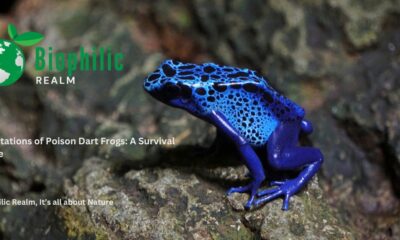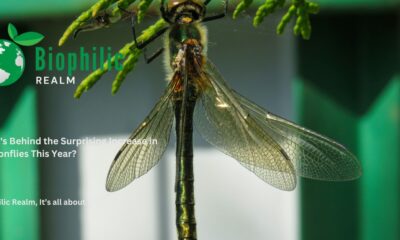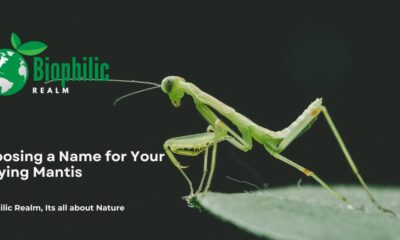Animals
Foxes in Winter: What Happens When the Snow Falls
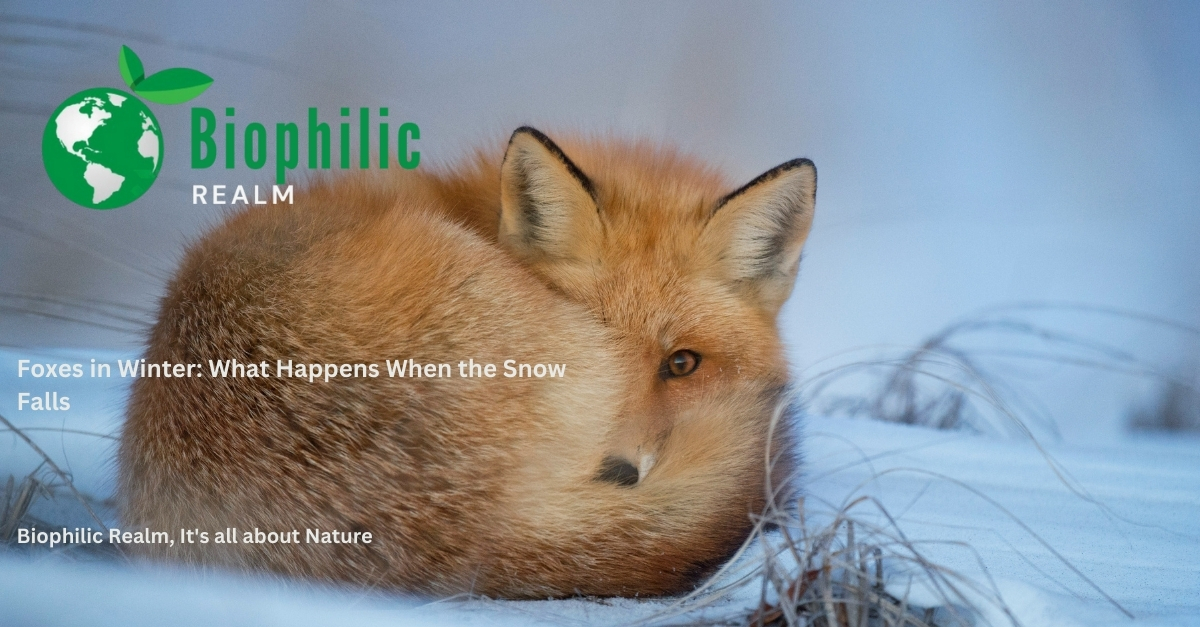
[ad_1]
Description: In this article, we will explore the behaviors and adaptations of foxes in winter. We will discuss how these clever animals survive in the snow, what changes occur to their habitats, and how they find food during the cold winter months.
How do foxes adapt to the cold winter weather?
Foxes are well-adapted to winter weather, with their thick fur providing insulation against the cold. They also have furry paws that act as snowshoes, allowing them to walk on top of the snow without sinking in. Their sharp senses and natural agility make it easier for them to hunt for food in snowy conditions. Additionally, foxes are known to dig burrows or find sheltered spots to keep warm and safe during the winter months.
In order to conserve energy and stay warm, foxes undergo a change in their behavior during the winter. They become more nocturnal, hunting and scavenging for food under the cover of darkness. By adjusting their activity patterns, foxes are able to avoid the harshest conditions of winter and increase their chances of survival.
What changes occur to a fox’s habitat when the snow falls?
When winter arrives and the snow falls, the landscape changes dramatically for foxes. The once familiar outdoor environment becomes covered in a blanket of snow, making it more difficult for them to move around and find food. The snow also conceals potential dangers, such as icy patches and hidden predators. For foxes, these changes mean that they must be more resourceful in finding food and avoiding threats.
Additionally, the snow can impact the availability of food sources for foxes. Small mammals and birds may be more difficult to spot against the white backdrop, and some of their preferred food sources might hibernate or migrate to warmer areas. As a result, winter foraging can pose challenges for foxes, forcing them to employ their keen senses and hunting skills to survive.
How do foxes find food during the cold winter months?
Foxes are opportunistic feeders and will eat a variety of foods to sustain themselves during the winter. They are known to scavenge for leftovers and prey on small animals, such as mice, rabbits, and birds. As snow covers the ground, foxes will listen carefully for the sounds of movement beneath the surface, using their keen hearing to track potential meals. In some cases, they may even cache food by burying it under the snow for later consumption.
In addition to hunting and scavenging, foxes are known to feed on berries, fruit, and insects when other food sources are scarce. By tapping into a diverse range of food options, foxes can maintain their energy levels and survive the challenges of winter.
How does winter impact the behavior of foxes?
During the winter months, foxes may display different behaviors compared to other seasons. As the snow falls, they become more reliant on their senses and resourcefulness to navigate their environment. Their movements may become more calculated, as they conserve energy while searching for food and avoiding predators. Additionally, the change in their activity patterns, becoming more nocturnal, allows foxes to adapt to the challenges of winter.
Winter can also bring about changes to fox territory and social interactions. As food sources become more limited, foxes may need to range further afield to find provisions. This can result in increased competition and territorial disputes between foxes as they strive to secure their survival during the lean winter months.
Conclusion
In conclusion, foxes undergo significant changes when the snow falls during the winter months. Through their adaptations, resourcefulness, and natural instincts, they are able to navigate the challenges of winter and survive in their often harsh environments. By understanding the behaviors and habits of foxes in winter, we can gain a greater appreciation for the resilience and adaptability of these fascinating creatures.
FAQs
Q: Do foxes hibernate during the winter?
A: No, foxes do not hibernate. Despite the cold and snow, foxes remain active throughout the winter months, foraging for food and maintaining their territories.
Q: Are there different types of foxes that fare better in the winter?
A: While all fox species are adapted to survive in cold climates, some, such as the Arctic fox, have specific adaptations, such as thick fur and a seasonal change in fur color, that help them thrive in snowy environments.
Q: Do foxes have natural predators in the winter?
A: Yes, foxes have natural predators year-round, and winter can bring added challenges due to the snow and reduced visibility. Wolves, coyotes, and birds of prey are among the species that may prey on foxes in the winter.
Q: Do foxes build dens in the winter?
A: Yes, foxes may create or use dens year-round for shelter and raising their young. In the winter, dens provide a warm and protected space for foxes to rest and stay safe from the elements.
Q: What can I do to help foxes during the winter?
A: You can help foxes by avoiding the use of pesticides and rodenticides, which can harm their food sources. Additionally, providing natural food sources, such as bird feeders and areas with dense vegetation, can offer supplemental food options for foxes during the winter.
[ad_2]
Animals
Rescue kitten Midas with two pairs of ears

Occasionally, certain animals possess distinctive traits that set them apart, and Midas, a unique feline, is one such creature. Midas, a Russian Blue kitten, has captivated the attention of many due to his rare feature—two sets of ears—and a misaligned jaw. Despite having four ears, his hearing remains entirely unaffected. Canis Dosemeci, his devoted owner, has embraced this remarkable cat.

Midas was born in a friend’s yard in Turkey, alongside five siblings. Concerned that his unusual appearance might make it challenging for him to find a home, Canis chose to adopt him, offering him a loving and secure environment. A visit to the veterinarian confirmed that Midas’ condition poses no risk to his overall health.
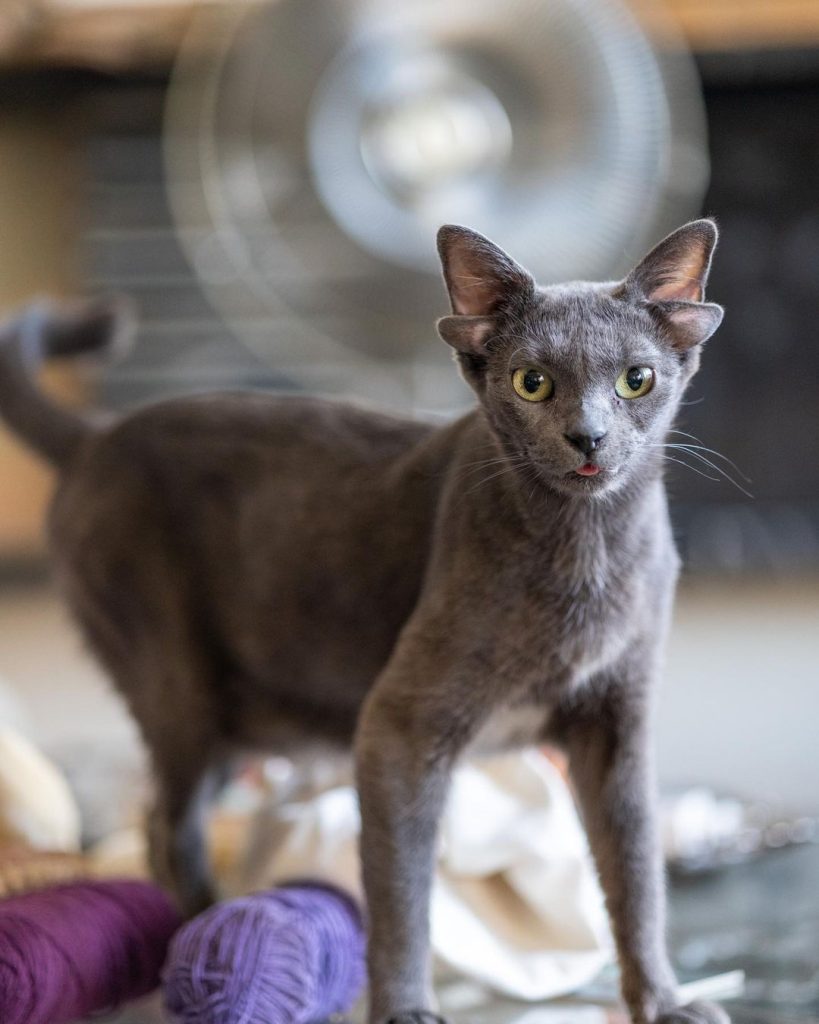

Now living a fulfilled life, Midas has gained over 300,000 followers on Instagram, where he is adored by many. Canis frequently shares heartwarming pictures of Midas, much to the delight of his fans. Interestingly, Midas is the only one of his litter to exhibit such a mutation, as none of his five siblings display any abnormalities.


Sharing his home with two Labradors, Zeyno and Suzy, Midas enjoys spending his days in their company. Like most cats, he is spirited and never misses an opportunity to indulge in a nap. Canis hopes Midas’ story will encourage more people to adopt animals in need rather than purchase them from pet stores.


In his Instagram bio, Midas proudly states, “Hi there, I am a perfectly healthy cat born with 4 ears. I have no problem with hearing at all.” For a peek at more adorable photos of this extraordinary cat, visit midas_x24 on Instagram.
Image Credit & More Info; Midas/Instagram
Animals
This Cute ‘Chimera’ Kitten Named Quimera Is Super Adorable

[ad_1]
Meet Quimera, a gorgeous from Argentina! She become a total internet star thanks to her looks that really make stand out among other cats. Quimera is part of a unique group called Genetic Chimera cats. This happens, like, once in a blue moon when an animal has cells from at least two different eggs. These mix together to form one creature with two completely different genetic backgrounds!
Sometimes, Quimera might be classified as a mosaic. That’s something you see more often in cats. What this means is that one egg has different genes that are active in its cells. But you know what? The only way to find out for sure is through DNA testing! Even though we might not know why she looks so special, there’s no doubting her beauty. Just look at her blue eye—it shines like a bright gemstone! It makes such a cool contrast with her other yellow eye.
Her color split runs all the way down to her chest and front legs, and the colors switch up on the sides. Quimera is really famous on Instagram with tons of loyal fans. Her owner makes sure to keep the Instagram page fresh every day, sharing cute pics of her doing all sorts of things! If you’re a fan of cats, Quimera’s amazing traits will definitely make you love them even more!










Image Credit & More Info; gataquimera/Instagram
Animals
Red Panda: A Cute Sight on a Branch

[ad_1]
A Red Panda is a delightful sight to behold as it sits perched on a branch, showcasing its fluffy coat and endearing expressions. In this article, we will explore the charming characteristics of the Red Panda, its natural habitat, diet, behavior, and conservation status. Join us on this journey to discover more about this lovable and unique creature.
What is a Red Panda?
The Red Panda (Ailurus fulgens) is a small mammal native to the eastern Himalayas and southwestern China. It is often referred to as the “Firefox” due to its striking resemblance to the popular internet browser’s logo. Despite its name, the Red Panda is not closely related to the Giant Panda but belongs to its own distinct family, Ailuridae.
These adorable creatures have a rust-colored coat, long bushy tail, and a white face with tear-shaped markings around their eyes. They are primarily arboreal, spending most of their time in trees, where they feed on bamboo, fruits, insects, and small animals.
Where do Red Pandas Live?
Red Pandas are found in the temperate forests of the eastern Himalayas, ranging from Nepal and Bhutan to China and Myanmar. They prefer dense bamboo thickets at elevations of 2,200 to 4,800 meters, where they can easily camouflage themselves among the trees. Their habitat is shrinking due to deforestation, leading to fragmented populations and increased human-wildlife conflicts.
These elusive creatures are solitary by nature and use their excellent climbing and jumping skills to navigate their treetop homes. They are most active at dawn and dusk, known as crepuscular animals, and are well-adapted to cold climates thanks to their thick fur and bushy tail.
What do Red Pandas Eat?
Red Pandas are primarily herbivores, with bamboo making up the majority of their diet. They have a specially adapted hand-like paw that helps them grasp bamboo shoots and leaves with ease. In addition to bamboo, they also feed on fruits, berries, acorns, and occasionally insects and small birds.
Despite their diet, Red Pandas have a carnivore-like digestive system that struggles to break down plant matter efficiently. As a result, they have a slow metabolism and spend most of their day resting to conserve energy. This lifestyle also helps them avoid predators such as snow leopards and martens.
How do Red Pandas Behave?
Red Pandas are known for their gentle and solitary nature, rarely interacting with other individuals except during mating season. They communicate through various vocalizations, such as chirps, chattering, and twittering, to signal their presence and warn off potential threats.
During the breeding season, male Red Pandas perform elaborate courtship rituals to attract females, involving vocalizations and scent marking. After mating, the female builds a nest in a tree hollow or rock crevice and gives birth to 1-4 cubs, which she will raise on her own. The cubs are born blind and helpless, relying on their mother for warmth and protection.
Are Red Pandas Endangered?
Yes, Red Pandas are classified as Endangered on the IUCN Red List of Threatened Species due to habitat loss, poaching, and illegal pet trade. Their population has declined by 50% in the past three generations, with less than 10,000 individuals remaining in the wild.
Conservation efforts are crucial to protecting Red Pandas and their habitats, including the establishment of protected areas, community education, and sustainable tourism. Organizations such as the Red Panda Network work tirelessly to raise awareness and support conservation projects to ensure the survival of these precious creatures for future generations.
Conclusion
The Red Panda is a captivating species that captivates hearts with its adorable appearance and unique behaviors. As we continue to learn more about these fascinating creatures, it is essential to prioritize conservation efforts to protect them from extinction and preserve their natural habitats. By taking action now, we can ensure a brighter future for Red Pandas and all wildlife around the world.
FAQs
1. Can Red Pandas be kept as pets?
No, Red Pandas are wild animals and should not be kept as pets. It is illegal to own a Red Panda in many countries due to their endangered status and specialized care requirements.
2. How can I help protect Red Pandas?
You can support conservation organizations such as the Red Panda Network by donating, spreading awareness, and avoiding products that contribute to deforestation in their habitats.
3. Do Red Pandas have any predators?
Red Pandas are primarily preyed upon by snow leopards, martens, and occasionally humans. Loss of habitat puts them at greater risk of encountering predators.
4. Are Red Pandas related to Giant Pandas?
No, despite their similar names, Red Pandas are not closely related to Giant Pandas and belong to different families within the animal kingdom.
5. How long do Red Pandas live in the wild?
Red Pandas have an average lifespan of 8-10 years in the wild, while they can live up to 15 years or more in captivity under proper care and conditions.
[ad_2]

 Animals4 months ago
Animals4 months ago10 Fun Facts About Coyotes

 Animals5 months ago
Animals5 months agoHow to Keep Rats Away from Bird Feeders: Simple Tips

 Nature4 months ago
Nature4 months agoTurkey Tail Mushroom vs False Turkey Tail: Spotting the Difference

 Animals4 months ago
Animals4 months agoKeeping Rats Away from Your Bird Feeder: Tips and Tricks

 Nature4 months ago
Nature4 months agoThe Beauty of Green and White Leaf Plants

 Animals9 months ago
Animals9 months agoChoosing a Name for Your Praying Mantis

 Nature9 months ago
Nature9 months agoOmothymus Spider: One of the Largest Tarantula Species in the World

 Animals8 months ago
Animals8 months agoThe Life Cycle of Seahorses Explained









